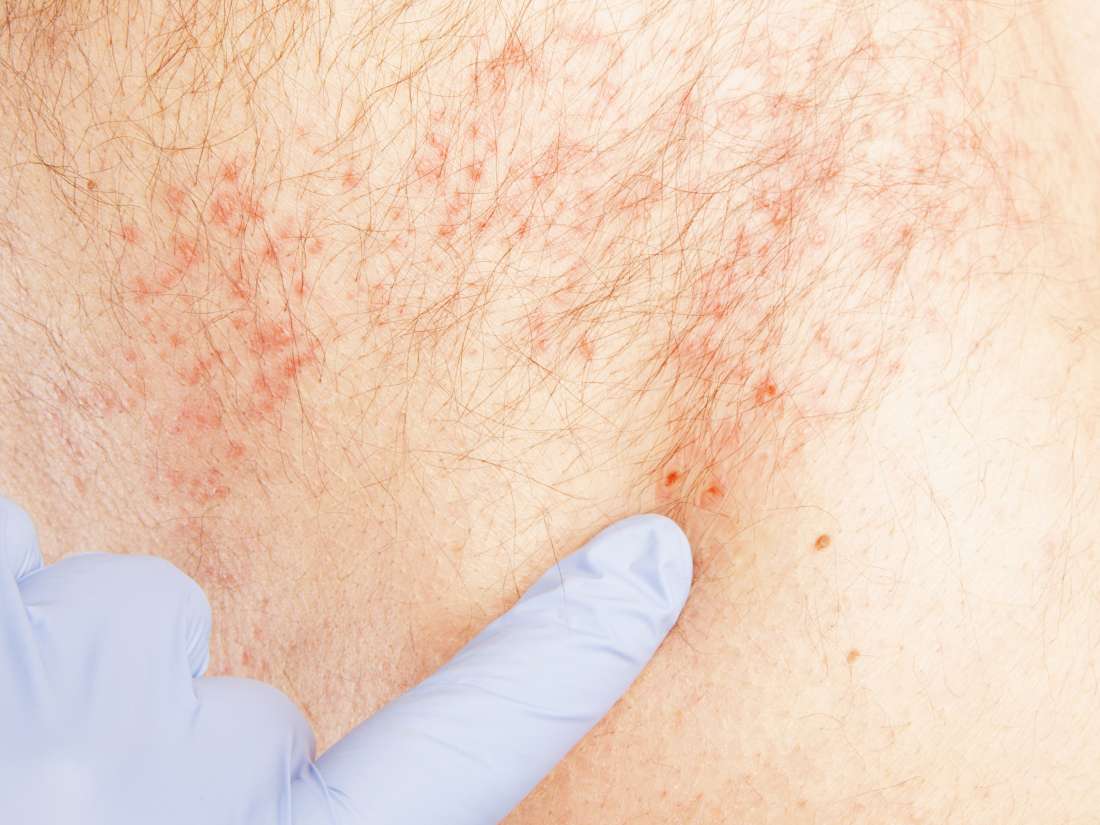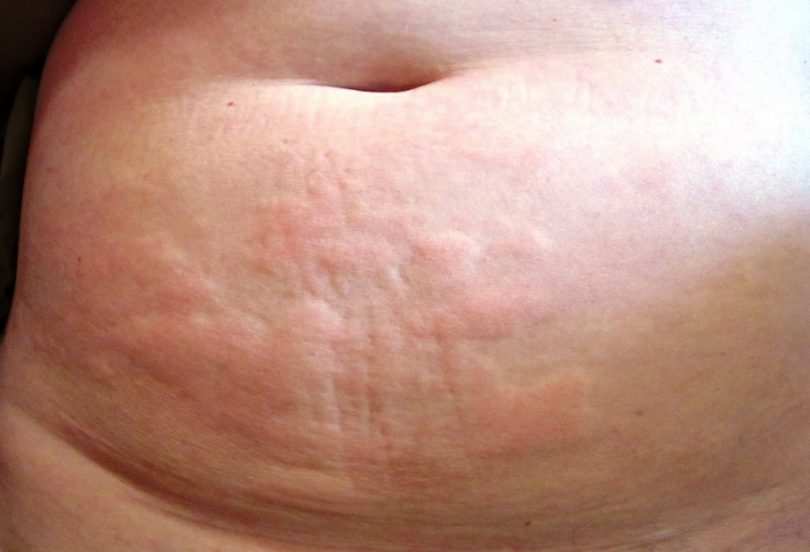
Hives are easily compressed, leaving behind a fingertip imprint of pitting edema, whereas other nodular lesions have cellular infiltration, such as scar tissue or a tumor, and they are firm and noncompressible. ACVD, chief of dermatology at Cornell University College of Veterinary Medicine, in Ithaca, New York, and board-certified in dermatology, says other types of horse bumps are composed of cells rather than “fluid” so you can usually tell the difference by their feel.
DO HIVES ITCH MORE AS THEY HEAL SKIN
In a case of noncomplicated hives, overlying skin appears normal with no hair loss and usually no itching. These first appear as small, firm lumps, which might coalesce into a large plaque or line of bumps.

“Fluid” leaks into surrounding tissues to form wheals or plaques of edema (fluid swelling). Inflammation induced by allergens causes small veins to dilate and increase capillary permeability in the skin. These can vary in number, severity, and frequency of occurrence. Urticaria is seen as localized, raised bumps on the skin. Hives can develop on the skin in as few as 15 minutes or up to 24 hours following exposure to a foreign protein luckily, they resolve as quickly. Once this chain reaction is under way, localized inflammation begins within minutes of the chemical summons. When sensitized mast cells again contact the allergen, they release biochemical substances such as prostaglandins and histamines, which elicit a cascade of inflammatory events. The unique structure of IgE antibodies allows them to bind to the surface of mast cells (resident cells of connective tissue) and basophils (specialized white blood cells) and sensitize them. “Occasionally urticaria develops from bacterial, fungal, or parasitic infections, or from stinging insects.”Īllergen-specific antibodies (immunoglobulin E, or IgE), preprogrammed on first exposure, trigger a Type I hypersensitivity reaction the next time they encounter that antigen. “Many causes of urticaria have been identified, including medications such as antibiotics, antiparasitic drugs, hormones, vaccines, foods like plants, hay, and supplements, or are due to hypersensitivities like an adverse food reaction, contact allergy, or genetically linked atopy (an allergic reaction with strong family tendencies),” Hensel says. “Clinical signs start to appear once the skin becomes sensitized and re-exposed to an offending allergen.”īecause hypersensitivity reactions take weeks to months or even years to develop, a sudden onset of hives is not necessarily a result of a recent change this makes it difficult to pin down the actual source of the problem. ACVD, a practicing veterinary dermatologist and owner of Tierdermatologie Basel, in Münchenstein, Switzerland. “An allergic reaction usually is not present with first exposure to an allergenic protein,” says Patrick Hensel, DrMedVet, Dipl. In response, the immune system manufactures antibody proteins directed toward specific antigenic targets. What is an Allergy?Ĭonstant surveillance by a horse’s immune system helps it recognize foreign proteins as a threat. Usually, an allergic reaction remains localized to the skin, but if clinical signs persist or are not arrested early on, there might be a systemic response as the internal workings of a horse’s body wage war on the offending allergen.

Horse owners often refer to these bumps as feed bumps, protein bumps, or heat bumps, since these terms describe some causes of hives.

Urtica is Latin for “stinging nettle” and if you’ve ever walked through a copse of stinging nettles, besides immediate discomfort you’ll appreciate just how quickly bumps form on your skin. Also referred to as urticaria, hives tend to develop about the neck and shoulders, along the thorax, and on the buttocks. Hives are a clinical sign rather than a specific disease.


 0 kommentar(er)
0 kommentar(er)
